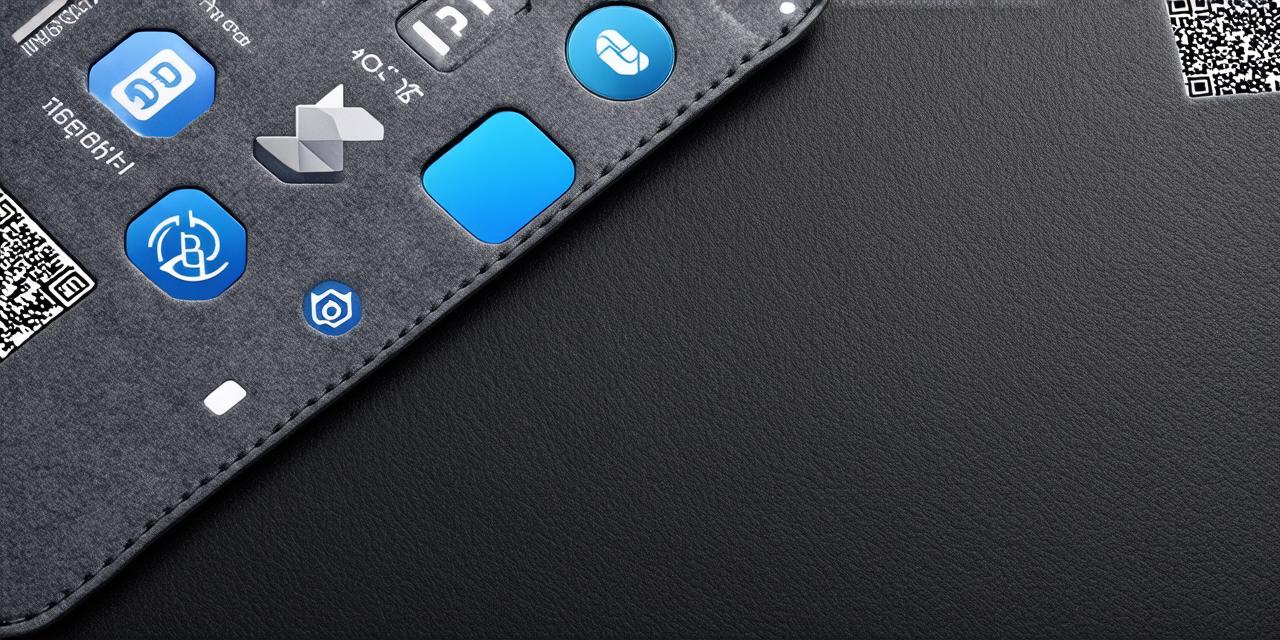Introduction
Cryptocurrency wallets are digital storage solutions that allow users to securely store and manage their cryptocurrencies. As the world becomes more invested in blockchain technology, the demand for secure and reliable cryptocurrency wallets continues to grow. In this guide, we will explore the key elements of creating a cryptocurrency wallet, including security measures, user experience, and integration with popular cryptocurrencies.
Choosing Your Wallet Type
There are several types of cryptocurrency wallets available, each with its own set of features and benefits. The most common types include:
- Desktop wallets: These are standalone applications that run on a user’s computer. They offer a high level of security and can be customized to suit specific needs. Some popular desktop wallets include Electrum, MyEtherWallet, and MetaMask.
- Mobile wallets: These are apps that can be downloaded onto a user’s smartphone or tablet. They are convenient for on-the-go transactions but may have limited features compared to desktop wallets. Popular mobile wallets include Coinbase Wallet, Jaxx, and Ledger Nano S App.
- Web wallets: These are web-based applications that can be accessed from any device with an internet connection. They offer a simple user interface and easy integration with other services. However, they may not be as secure as desktop or mobile wallets. Popular web wallets include Coinbase Wallet, MyEtherWallet, and MetaMask.
- Hardware wallets: These are physical devices that store cryptocurrencies offline, providing an extra layer of security. They are ideal for storing large amounts of cryptocurrency and can be used with multiple devices. Popular hardware wallets include Ledger Nano S, Trezor, and KeepKey.
Selecting the Right Wallet Type Depends on Your Needs
When choosing a cryptocurrency wallet, it’s important to consider your specific needs. If you need a high level of security and customization options, a desktop wallet may be the best choice. If you need a convenient solution for on-the-go transactions, a mobile wallet may be more suitable. Web wallets are ideal for easy accessibility and integration with other services, while hardware wallets offer an extra layer of security for storing large amounts of cryptocurrency.
Security Measures for Your Cryptocurrency Wallet
Security is paramount when it comes to cryptocurrency wallets. Here are some best practices for securing your wallet:
- Use a strong and unique password: It’s important to use a strong, unique password for your wallet that includes a combination of letters, numbers, and symbols. Avoid using easily guessable information such as birthdates or addresses.
- Enable two-factor authentication (2FA): 2FA adds an extra layer of security by requiring users to provide additional verification before accessing their wallet. This can be done through methods such as SMS verification, Google Authenticator, or hardware tokens.
- Store your private key securely: Your private key is the most important part of your cryptocurrency wallet as it allows you to access and transfer funds. It’s important to store your private key securely, either by printing it out and storing it in a safe place or using a hardware wallet.
- Keep your software up-to-date: Regularly updating the software used for your wallet can help to fix security vulnerabilities and ensure that you have access to the latest features.
- Avoid public Wi-Fi networks: Public Wi-Fi networks can be vulnerable to hacking and can compromise the security of your wallet. It’s best to avoid using public Wi-Fi when accessing or managing your cryptocurrency.

Integrating Your Wallet with Popular Cryptocurrencies
The most popular cryptocurrencies include Bitcoin, Ethereum, and Ripple. Here are some steps for integrating your wallet with these cryptocurrencies:
- Install the necessary software or app: Depending on the type of wallet you have chosen, you may need to install additional software or apps to interact with the cryptocurrency network. For example, if you have a mobile wallet, you will need to download and install the app for the specific cryptocurrency you want to use.
